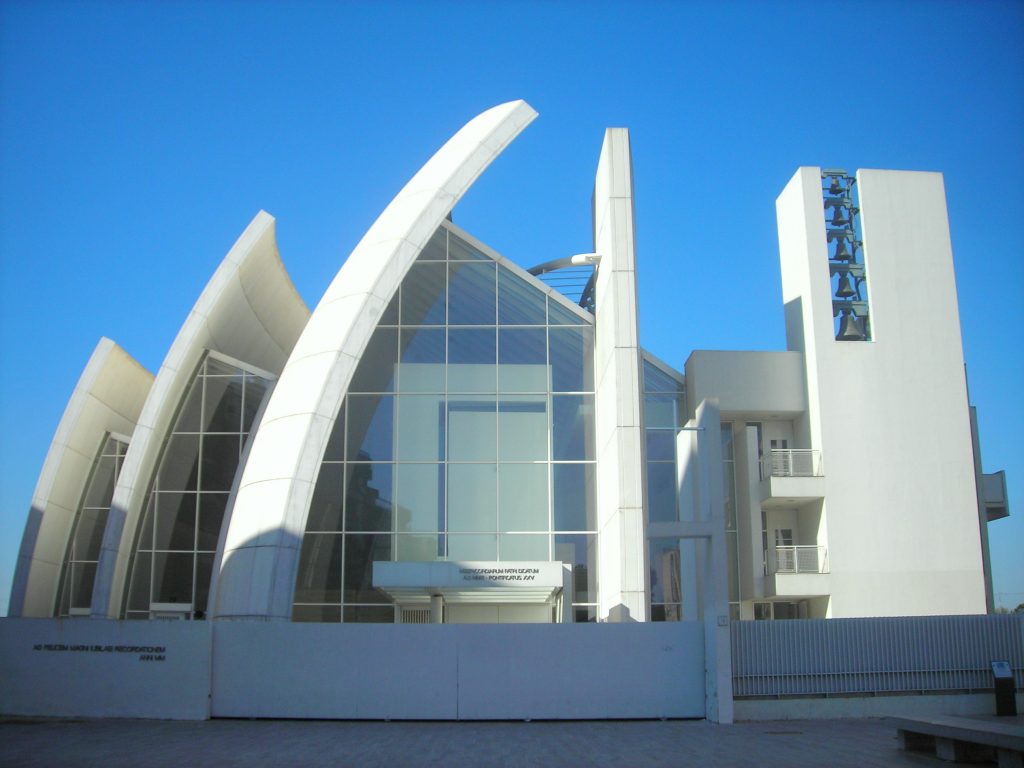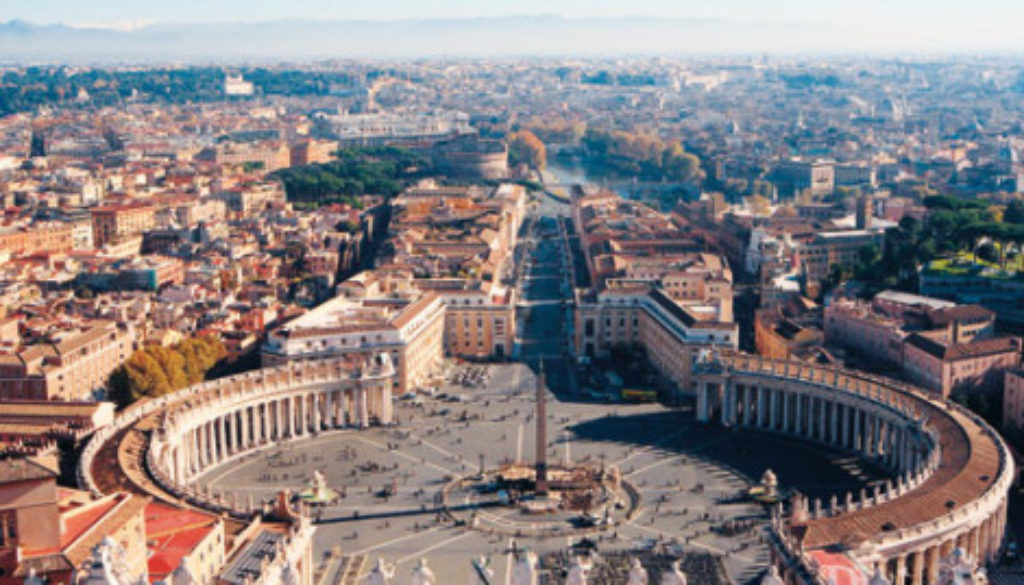Roma, Discover the five most beautiful churches and lesser known in the capital
Roma Eternal City, boundless, open air museum. Seeing is believing. Those visiting the capital for the first time was fascinated by how much beauty there is hidden in every corner, how much art enclosed in one city.
After talking to some beautiful panoramic terraces, the magnificent gardens and parks and famous squares now our trip leads to the discovery of five of the eternal city's most beautiful churches. Without detracting from the timeless beauty of St Peter's Basilica or the Pantheon we want to discover those less known but still beautiful.
Church of Saint Louis of France – Not far from piazza Navona in the rione of Sant'Eustachio stands at the heart of the French cult in Rome. A real piece of France in the Centre of Rome, inside the frescoes depict all the major characters in the story transalpina: from Charlemagne to St. Louis to Santa Clotilde. Two are the major works contained in it, a Domenichino — the stories of Saint Cecilia and a copy of Guido Reni's altar of Santa Cecilia by Raphael. Sublime then the three works by Caravaggio: the martyrdom of St Matthew, St Matthew and the Angel and calling of Saint Matthew.
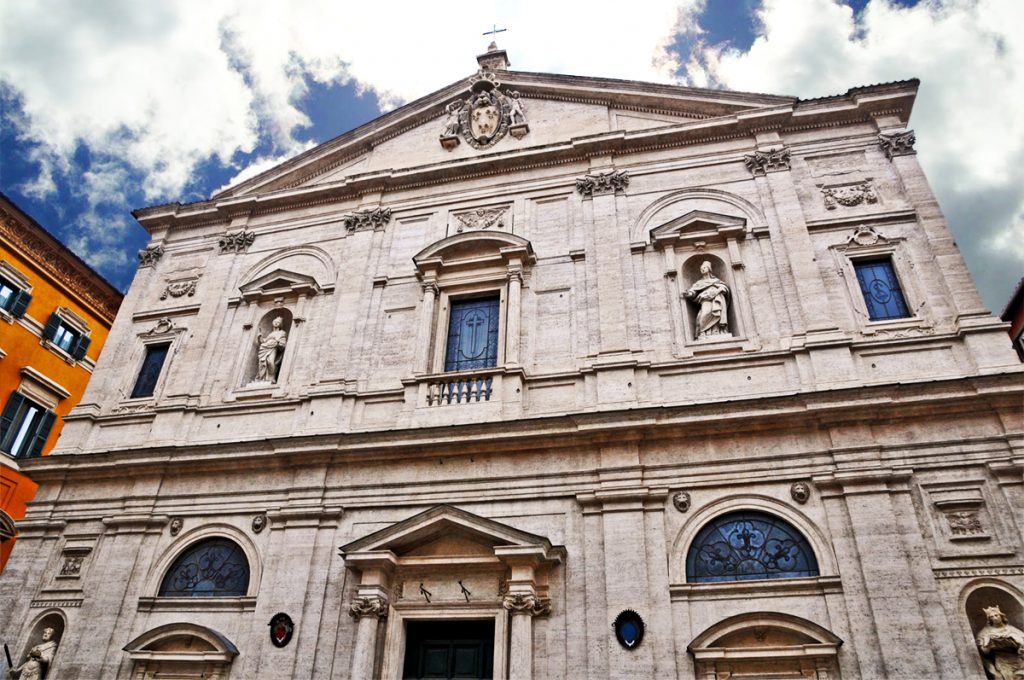
Basilica of Santa Maria sopra Minerva – Two steps from Pantheon in piazza della Minerva in the rione Pigna stands this beautiful basilica one of the few examples of Gothic architecture in Rome. The interior features beautiful artworks dating from the fifteenth and sixteenth century even to Raffellino del Garbo. Inside there is a slab of Fra Angelico proclaimed in 1984 "Universal patron of artists". Another item of interest is the sarcophagus containing the remains of the body of Saint Catherine of Siena. To see the statue of Christ carrying the cross, Michelangelo.
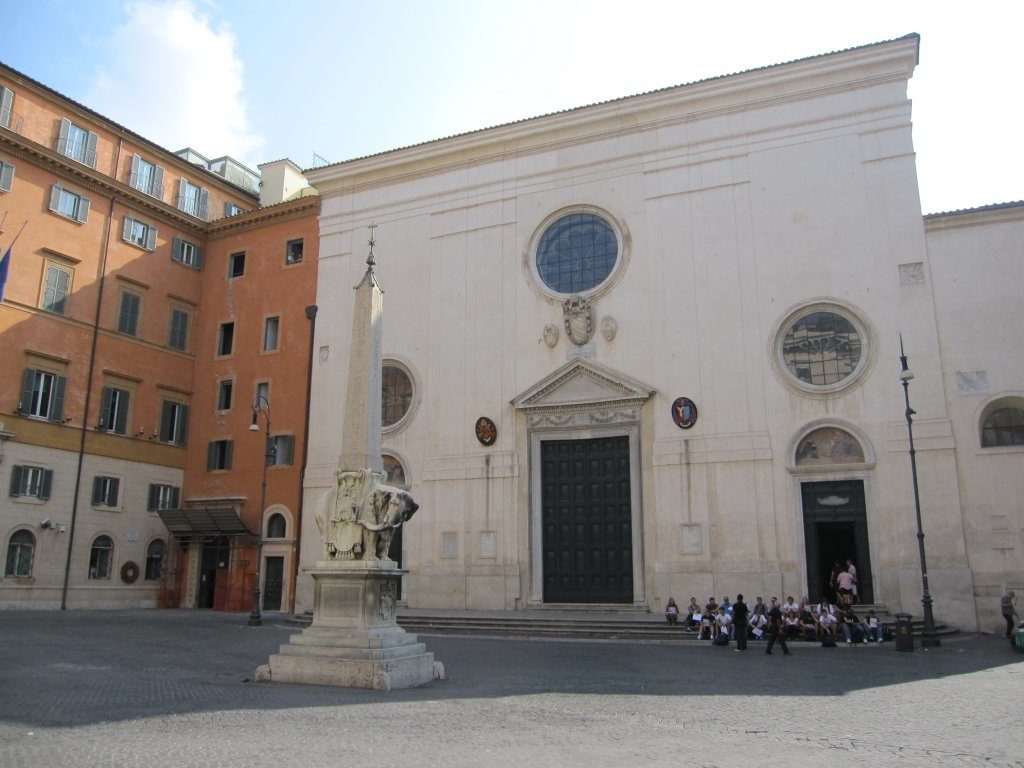
Church of Santa Maria della Pace – Just a few steps from piazza Navona in rione Ponte is the Church of Santa Maria della Pace. Curious legend that refers to this Catholic place, It is said that in 1480 a drunken soldier hurled a rock at the image of the Virgin lies under the porch and began to bleed. Pope Sixtus IV went on the site and changed the name of the Church of "Santa Maria della Virtù", promising to fix the dilapidated state of the building. It was only in 1482 that the Church was named Santa Maria della Pace in honor of the peace of Bagnolo that ended the war between the Papal States, Venice and the Kingdom of Naples. The Church contains within it the wonderful Madonna and child at the altar built by Carlo Maderno. The architecture of the Chigi Chapel, on the right side of the altar, It was commissioned by the Pope's Banker Agostino Chigi to Raphael who executed the fresco on the arch Sibyls. Another highlight of the Church is the cloister of Bramante (1500-1504), built by Bramante for Cardinal Oliviero Carafa. Represents one of the most important works of sixteenth-century Renaissance and was among the first Roman works designed by Bramante after the milanese period.
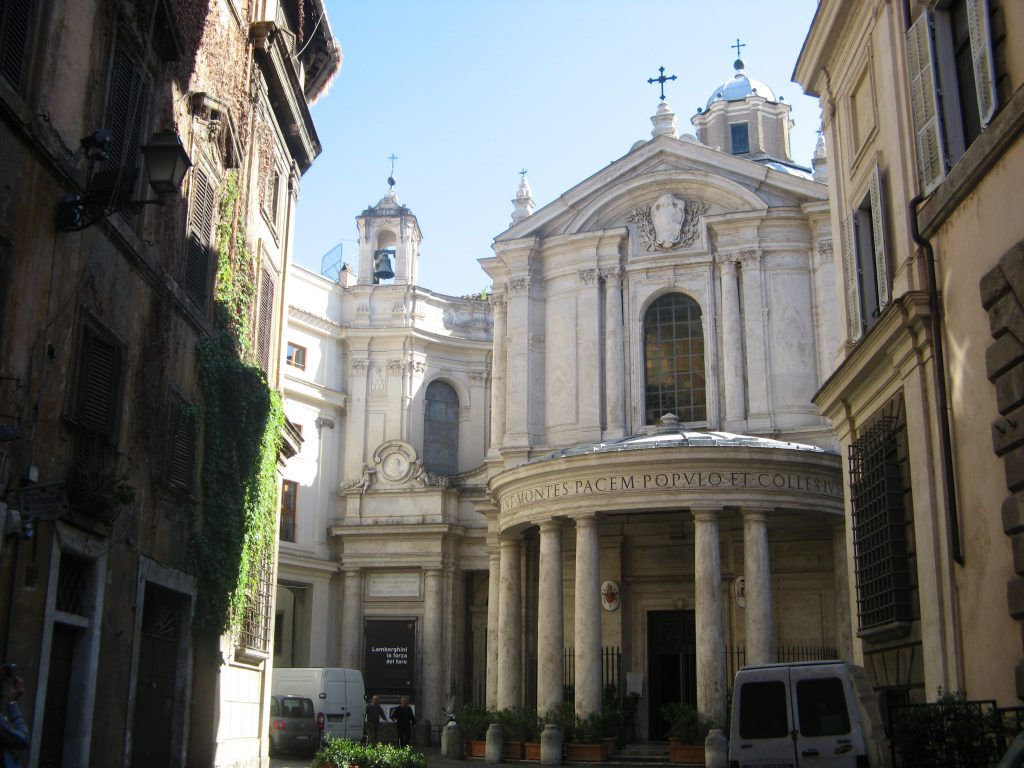
Basilica of Santa Sabina – This basilica located on Aventine hill in rione Ripa XII was built in the 5th century on the tomb of Saint Sabina. The special feature of this church is to not have a front, It is incorporated into the lobby and you enter the Church through a portal preceded by a small porch. The main entrance is closed by a wooden door dating from the fifth century, which is the oldest example of early Christian sculpture. Originally consisted of 28 frames, but were 18, among them there is one that represents the crucifixion which is the oldest known depiction of this event. The Church was probably originally decorated by Mosaic surfaces but today there are only those of the counter, with a long writing to seven lines in gold letters on a blue background that remembers the date of Foundation, the founder and the Pontiff under which construction took place.
https://www.traditionrolex.com/1
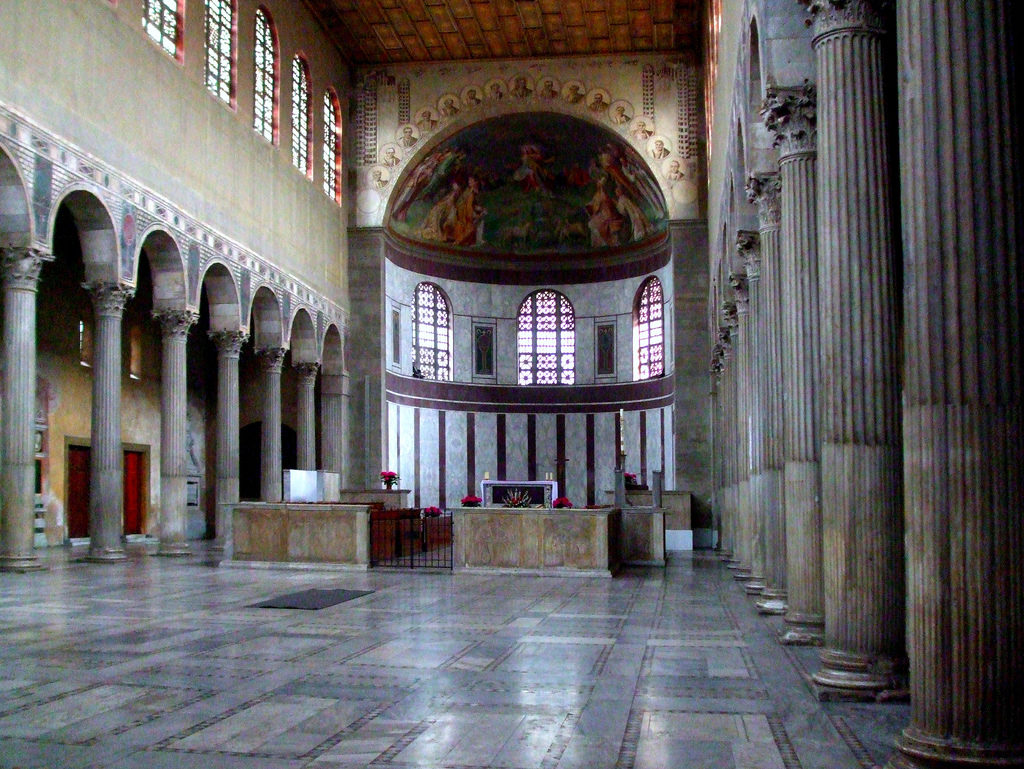
Church of God merciful father – Let's close this special classification with a relatively young church located in the suburb of Tor Tre teste. It is better known as Jubilee church or Dives in Misericordia. The project is by Richard Meier, which presenting his work before Pope John Paul II said: “White sails will lead us to a new world”. The work began in 1998 and ended in 2003. The structure is white colour and is made up of three sails, the highest of which reaches a height of 26 meters, positioned in such a way as to overwhelm the Church by communicating a sense of protection to those who stop in the aisle. The number three symbolizes the Trinity, While the architecture with its sails and with the nave which incorporates the idea of a boat, refers to the Christian tradition in which the boat represents the Catholic Church and had to represent the “ship of the Church” across the rough sea of life bringing his people into the third Millennium. This is also why it was chosen to build it up into a peripheral area of the city, in a neighborhood like that of Tor Tre Teste still developing, attributing so this parish district leadership.
